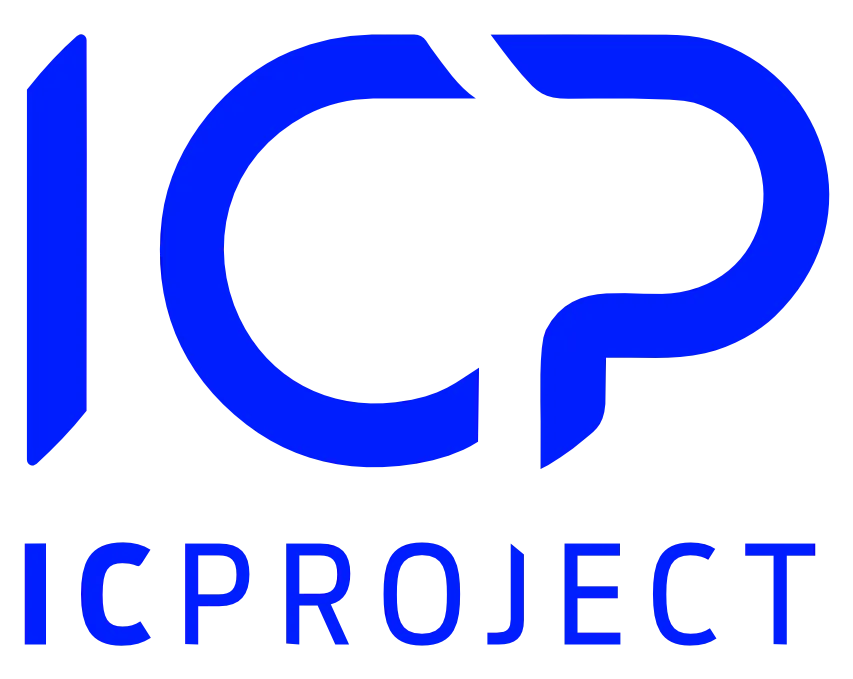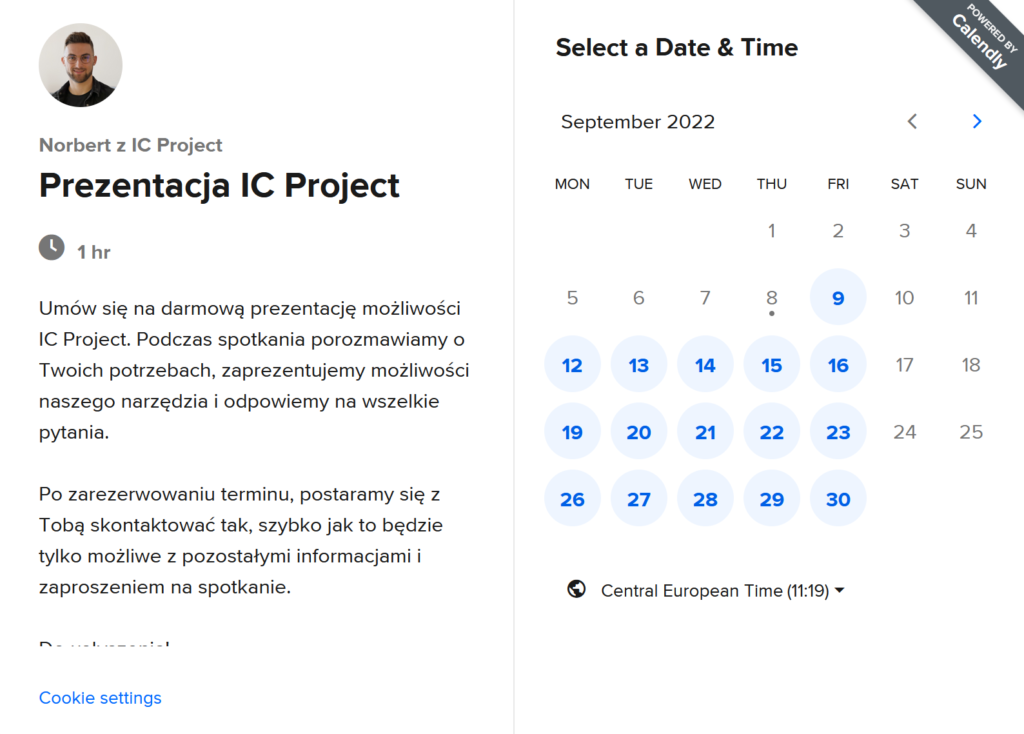Operational efficiency is the key to success. Every day, companies face numerous challenges, from team management to coordinating complex projects. In response to these needs, the term “workflow,” meaning the flow of work, has emerged. Workflow isn’t just a buzzword but a concrete tool that helps optimize daily processes, improve communication, and increase productivity. Let’s take a closer look at how workflow can look in practice and how tools like IC Project support a modern approach to project management.
What is worflow?
Workflow, or the flow of work, is a sequence of tasks performed to achieve a specific outcome. In practice, it means an organized way of executing activities, where each task has its place, time, and responsible person. With workflow, it is possible to automate many processes, minimizing the risk of errors and delays. An essential element of workflow is its transparency, which allows all team members to track progress and better understand their roles.

Workflow in practise
Implementing workflow in a company’s daily operations can significantly improve task execution. Let’s imagine a simple example. A marketing firm is planning an advertising campaign. Thanks to workflow, this process is divided into stages such as market research, strategy development, content production, distribution, and results analysis. Each stage has specific tasks assigned, responsible individuals, and deadlines. This allows for seamless transitions between the various phases of the project, eliminating unnecessary downtime and ensuring that nothing is overlooked.
Types of worflow
Workflow can be divided into various types depending on the nature of the business and the specifics of the processes involved. The most popular types are:
- Sequential
All tasks are performed in a predetermined order. Each task must be completed before the next one can begin.
- Parallel
Multiple tasks can be performed simultaneously. This is particularly useful in large projects where different teams can work concurrently on various parts of the project.
- Conditional
The workflow process can change depending on specific conditions or the outcomes of previous tasks. This is a more advanced type of workflow that requires flexible management.
Why use wokflow?
Implementing a workflow system brings numerous benefits that are crucial for operational efficiency and the success of a company. Firstly, a workflow system automates and standardizes processes, eliminating unnecessary steps and minimizing the time required to complete tasks. This allows employees to focus on more strategic and creative aspects of their work, rather than spending time on routine activities. The transparency provided by workflow improves communication and collaboration within the team, reducing the risk of misunderstandings and errors due to lack of information. Process automation also reduces the likelihood of mistakes, ensuring consistency and high quality in project execution.
Additionally, workflow enables better time and resource management by allowing progress tracking, identifying bottlenecks, and quickly addressing potential issues. Employees with clearly defined roles and responsibilities are more engaged, which enhances their motivation and efficiency. Workflow systems offer tools for tracking and reporting progress, facilitating project monitoring, and making well-informed decisions. Reports and charts provide valuable insights that help optimize processes and identify areas needing improvement.
Furthermore, workflow is flexible and scalable, allowing it to be tailored to a company’s specific needs and expanded as the organization grows. Cost reduction is another advantage of automating and optimizing processes—fewer errors and better resource management translate into lower operational costs. This enables companies to focus on investing in growth and innovation rather than incurring additional costs due to inefficient processes. Finally, workflow systems assist in ensuring compliance with regulations and standards by providing precise tracking and documentation of activities, which facilitates audits and meets legal and industry requirements. Adopting workflow is a strategic decision that offers numerous benefits, enhancing resource, time, and process management, and thereby improving the quality of services and products and increasing customer satisfaction.
Benefits of workflow
Implementing a workflow system offers numerous advantages, both operational and strategic:
- Increased efficiency
Workflow eliminates unnecessary steps and optimizes processes, leading to faster and more effective task execution.
- Improved communication
The transparency of workflows enhances understanding of roles and responsibilities within the team, which in turn improves communication and collaboration.
- Minimized errors
Automation and standardization of processes reduce the risk of mistakes, which is crucial for maintaining quality.
- Easier progress tracking
With workflow, tracking progress becomes straightforward, facilitating project management and decision-making.

IC Project – Your ally in workflow management
IC Project is a modern project management tool that supports companies in managing their workflows effectively. With IC Project, managing the flow of work becomes simpler and more transparent. The program offers a range of features that enable:
Task creation and monitoring
- IC Project allows for easy task creation and assignment to team members. This ensures that everyone knows what to do and when, minimizing the risk of missing important stages.
- The notification system helps keep all tasks on track.
Process automation
- The program enables the automation of repetitive tasks, saving time and allowing focus on more creative aspects of work.
- It also allows for the creation of project templates that can be easily customized for specific projects.
Communication and collaboration
- IC Project integrates communication tools, facilitating the exchange of information among team members. The ability to comment on tasks and attach files ensures that all project documentation is readily accessible.
- In-project chat functions allow for real-time communication without the need for external applications.
Progress tracking
The program offers various reports and charts to help track project progress and quickly address potential issues. The Gantt chart feature provides a visual representation of progress and identifies potential delays.
Benefits of using IC Project
- By centralizing all project information in one place, it’s easier to track progress and manage resources.
- Built-in communication tools eliminate the need for multiple different applications, simplifying information exchange and collaboration.
- Automating and standardizing processes allows you to focus on key tasks instead of spending time on repetitive activities.
Implementing workflow brings numerous benefits, both operational and strategic. Primarily, it allows for better time and resource management, which is crucial in today’s competitive environment. Additionally, workflow supports process transparency, which enhances employee engagement and improves team communication. With clearly defined stages and tasks, it also becomes easier to monitor progress and quickly identify potential issues.





